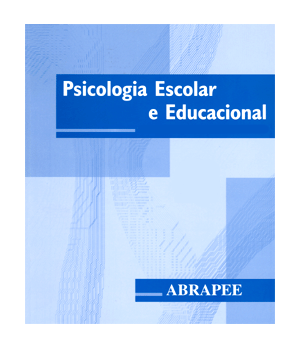RESUMEN
Se trata de una revisión de literatura de artículos sobre habilidades sociales educativas de padres de niños con Trastorno del Espectro Autista (TEA). Objetivos: identificar, seleccionar y describir artículos que caracterizaron Habilidades Sociales Educativas (HSE) parentales y realizar un análisis de correspondencia entre comportamientos abordados en esos estudios y el Sistema de Habilidades Sociales Educativas (SHSE) de Del Prette y Del Prette (2008). Fuente de datos: artículos publicados en el LILACS, Scielo, PubMed, ScienceDirect y PsycoINFO, sin especificación de período. Conclusiones: Se verificó la ausencia de estudios en el contexto brasileño. Se encontraron nueve artículos en lengua inglesa. Todas las clases de habilidades del SHSE se identificaron, y más frecuentes las clases Monitorear Positivamente y Transmitir o exponer contenidos sobre habilidades sociales. El análisis de correspondencia demostró la posibilidad de uso del SHSE en estudios con padres de niños con TEA, así como la necesidad de perfeccionamientos, incluyendo comportamientos evaluados y/o entrenados en esa populación.
Palabras clave:
habilidades sociales educativas; padres; Trastorno del Espectro Autista

 Thumbnail
Thumbnail
 Thumbnail
Thumbnail

